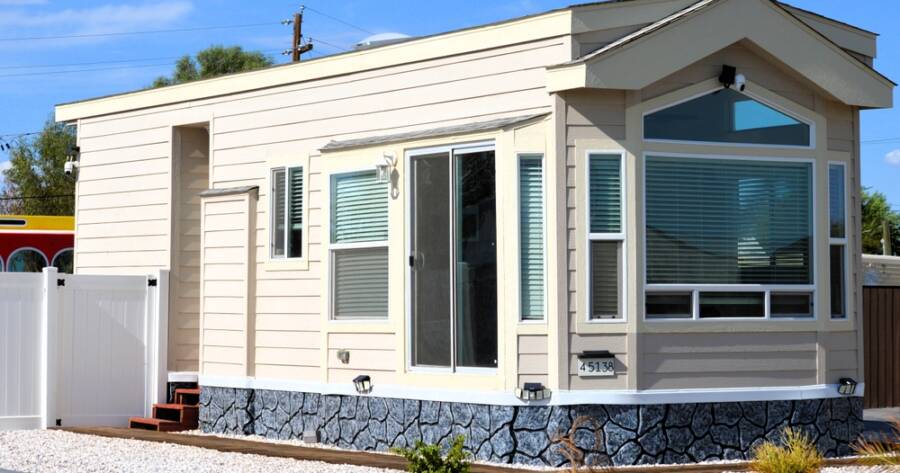As more seniors seek comfortable, affordable housing options, prefabricated homes are becoming a popular choice in 2024. These homes offer a range of benefits, from cost-effectiveness to energy efficiency, making them an attractive option for older adults. With their ease of construction and customizable features, prefabricated homes are increasingly seen as a practical solution to the evolving needs of senior living.
What Are Prefabricated Homes?
Prefabricated homes, often referred to as prefab homes, are structures that are manufactured off-site in a controlled environment before being transported to the final location for assembly. This construction method contrasts with traditional building practices, where homes are constructed entirely on-site. Prefabricated homes can take various forms, including modular, panelized, and manufactured homes, each differing in design and assembly techniques.
The modular approach involves creating sections of the home in a factory, which are then transported and assembled on-site, while panelized homes consist of pre-cut panels that are assembled on location. Manufactured homes, on the other hand, are built on a permanent chassis and are often subject to different regulations than site-built homes.
The rise in popularity of prefabricated homes can be attributed to advancements in construction technology and a growing demand for sustainable building practices. The controlled environment of factories allows for better quality control and minimizes the impact of weather-related delays, which can be a significant issue in conventional construction. As a result, prefabricated homes are increasingly seen as a viable solution to meet housing demands in a more efficient and environmentally friendly manner.
Benefits of Choosing Prefabricated Homes for Your Next Build
Choosing prefabricated homes offers numerous advantages that appeal to a wide range of homeowners and builders. One of the primary benefits is the speed of construction. Since many components are built simultaneously in a factory setting, the overall timeline for completing a home can be significantly shortened. This rapid construction process is particularly beneficial in addressing urgent housing needs, such as those arising from natural disasters or housing shortages in urban areas. Additionally, the streamlined assembly process can lead to reduced labour costs, making it an attractive option for budget-conscious buyers.
Another significant advantage of prefabricated homes is their potential for customization. Many manufacturers offer a variety of designs and layouts, allowing homeowners to tailor their living spaces to meet specific needs and preferences. This flexibility can include choices in materials, finishes, and energy-efficient features, enabling buyers to create a home that reflects their personal style while also adhering to sustainability goals. Furthermore, the ability to incorporate advanced technologies, such as smart home systems and energy-efficient appliances, enhances the appeal of prefabricated homes in today’s market.
Cost Efficiency and Speed in Prefabricated Homes
Cost efficiency is a hallmark of prefabricated homes, making them an attractive option for many prospective homeowners. The factory-based construction process often leads to lower material costs due to bulk purchasing and reduced waste. Additionally, as mentioned, the shorter construction timeline can result in lower labour costs, as fewer hours are required to complete the project. This combination of factors can make prefabricated homes a more affordable alternative to traditional building methods, particularly for first-time homebuyers or those looking to downsize.
Speed is another critical factor that sets prefabricated homes apart from conventional construction. The ability to construct multiple components simultaneously in a controlled environment allows for quicker assembly on-site. This efficiency not only accelerates the timeline for moving into a new home but also minimizes the disruption often associated with construction projects. Moreover, the reduced exposure to weather-related delays can lead to a more predictable completion date, which is a significant advantage for those with specific timelines.
Learn More About Prefabricated Homes
Prefabricated homes provide a promising and practical solution for seniors looking for affordable, customizable living options. Their quick construction, energy efficiency, and adaptability make them an ideal choice for aging individuals.
As the demand for senior-friendly housing continues to rise, these homes are expected to play a significant role in shaping the future of senior living, offering comfort and independence at a fraction of the cost of traditional housing options.
